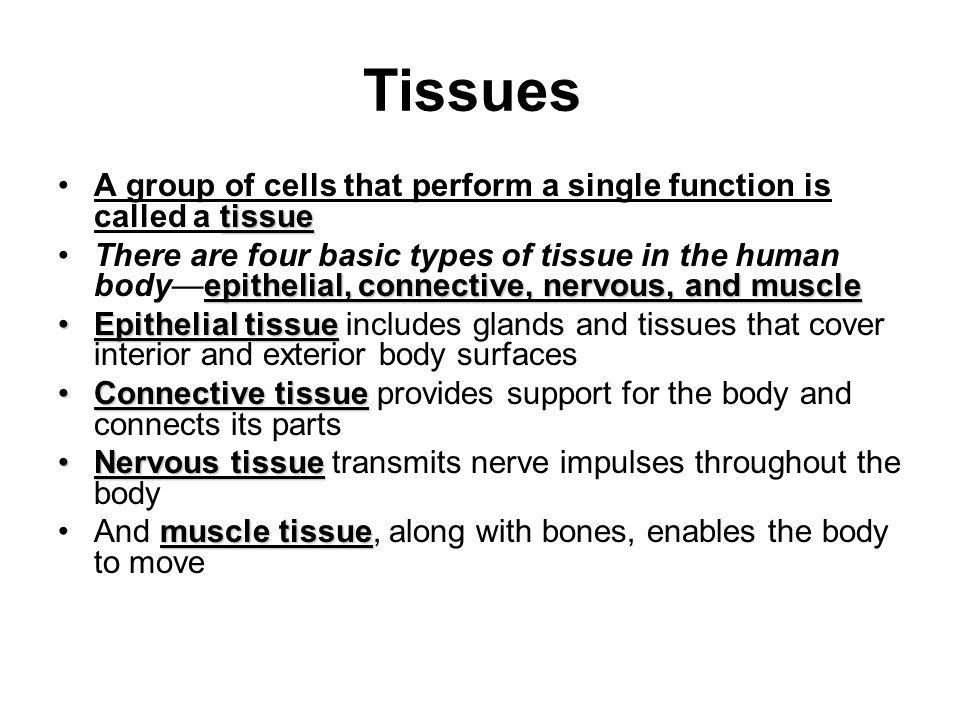
A flagellum (/ f l ə ˈ dʒ ɛ l əm /; plural: flagella) is a lash-like appendage that protrudes from the cell body of certain bacterial and eukaryotic cells. The similar structure in the archaea functions in the same way but is structurally different and has been termed the archaellum (as of 2012).
structures that do not have a common evolutionary origin but are similar in form or function

The brains of all species are composed primarily of two broad classes of cells: neurons and glial cells.Glial cells (also known as glia or neuroglia) come in several types, and perform a number of critical functions, including structural support, metabolic support, insulation, and guidance of development.

Cell: Cell, in biology, the basic membrane-bound unit that contains the fundamental molecules of life and of which all living things are composed.

acquired trait: A phenotypic characteristic, acquired during growth and development, that is not genetically based and therefore cannot be passed on to the next generation (for example, the large muscles of a weightlifter).



Your cells experience over 1 million damage incidents a day! This means they are constantly deteriorating. Aging is really just that – chronic degeneration of …
Read chapter 6 Dimension 3: Disciplinary Core Ideas – Life Sciences: Science, engineering, and technology permeate nearly every facet of modern life and h
Table of Contents. Getting Started Introduction Getting Started with MotoCalc. What’s New What’s New in MotoCalc 8? The MotoWizard Using the MotoWizard

Chapter 7: Cell Structure and Function Learn with flashcards, games, and more — for free.


Liver tissue consists of a mass of cells tunneled through with bile ducts and blood vessels. Hepatic cells make up about 60 percent of the tissue and perform more metabolic functions than any other group of cells in the body.